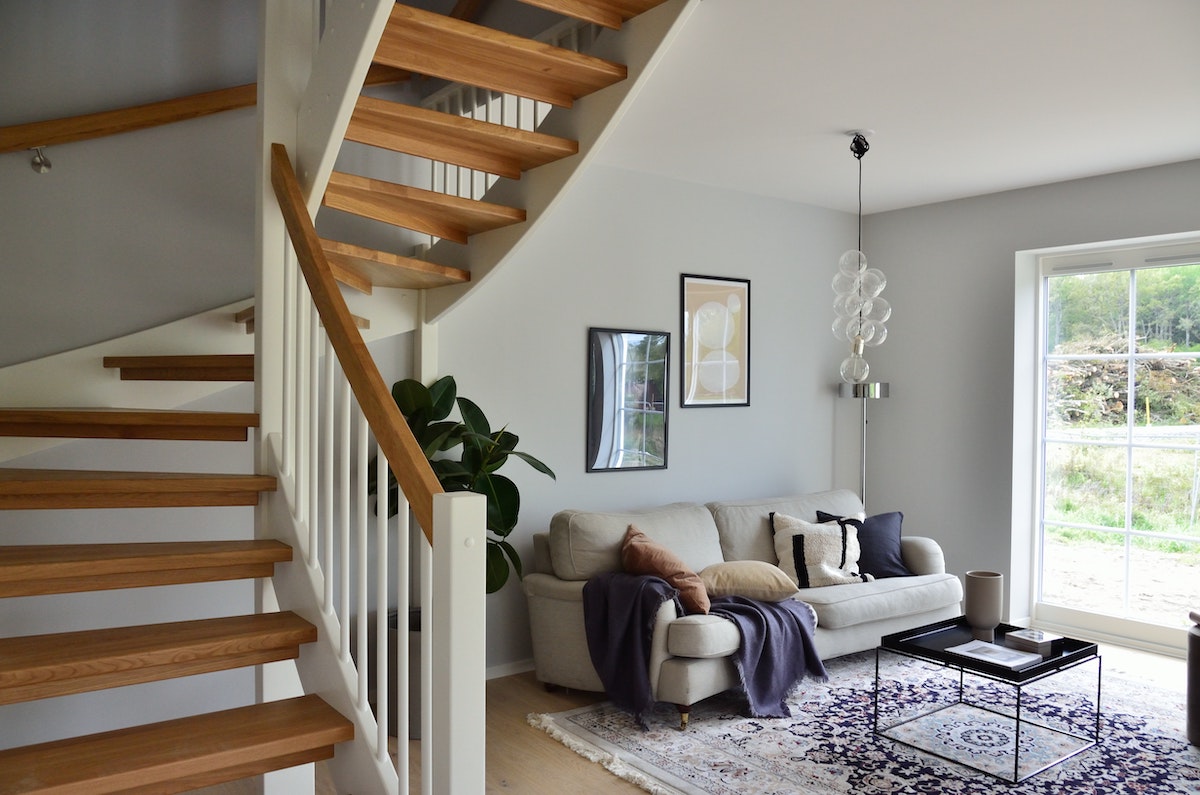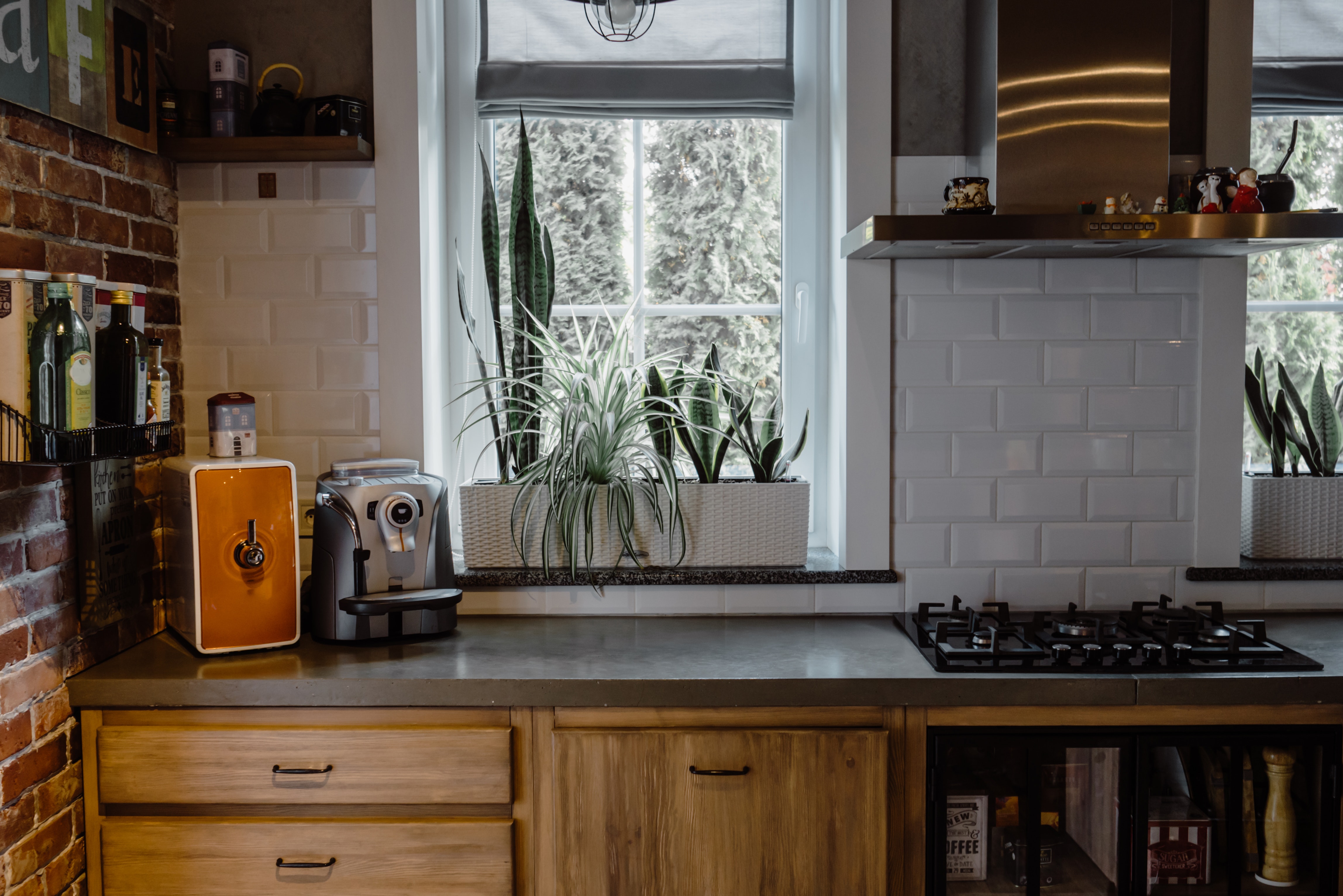Homeownership is an exciting and worthwhile milestone, but it requires strategic planning. If you’re looking to buy your first home, you’ll need to start putting away more money in advance to save up. Learn about the different costs of owning a condo and how to save for a house of your own.
How to Save for a House
The Average Condo Cost in Chicago
How much you save for your future home depends on how much you plan to spend. Before you even begin the saving and planning process, it’s crucial to research and set goals beforehand.
If you are leaning toward a condo, rest assured that these homes may be more affordable than a free-standing home, especially in downtown Chicago.
At the moment, the average condo in the Windy City runs around $438,000, while the average free-standing home costs $466,000.
Many factors affect the cost of a home, but as you browse other condos on the market, begin to set some price goals. Consider having your “non-negotiable” goal, along with a stretch goal, which could allow you to afford more of your dream home wishlist possibly.
Keep in mind, the average price point of Chicago condos also varies depending on the neighborhood.
Condo Closing Costs
As you figure out exactly how much your ideal home will cost you, you’ll have to also consider condo closing costs. These are the fees charged for obtaining a mortgage.
While your closing costs include expenses beyond your down payment, the down payment will be your most significant fee. A down payment is money that you provide during a real estate transaction and typically is a percentage of the property’s sale price.
Depending on your loan program, you may be required to put anywhere from 0% to 20% or more down. Veterans and qualifying service members can take advantage of a VA loan with no down payment requirement, as long as the condo is on their approved list. First-time buyers can use an FHA home loan with only 3.5% down required (again, if the condo is approved).
The overall loan amount also factors in. A higher down payment may be required in certain high-cost areas, such as downtown Chicago, since your loan amount may exceed the conforming loan limit. Also, note that putting less than 20% down will result in mortgage insurance — an additional fee added to your monthly payment.
Be prepared to possibly pay for other costs as part of the mortgage process. There may be an application fee, processing fee, origination fee, and underwriting fee.
Additional condo closing costs include homeowners insurance, attorney fees, title fees and title insurance, municipal fees, credit report fees, discount points, and recording fees. Fee amounts will vary depending on where you’re moving, what mortgage company you financed the condo with, the attorney you’re working with, and so on.
Monthly Expense Tracking
As you start to save up, it’s essential to track your spending habits and learn where you may need to cut back.
There are plenty of practical ways to track those expenses every month, so find what method works best for you.
If you don’t want to give much thought to this effort, consider downloading an app, such as Mint, to help. This free and simple-to-use app connects with your bank and automatically categorizes all of your expenses for you. Those spreadsheets fans can create their own from scratch or download free templates online.
Regardless, you want to make sure there is more coming in than going out. Most experts recommend putting at least 20 percent of your income into savings, but when you have big financial goals, like buying a home, you may want to try to set a bit more aside.
As you look at your regular spending habits, evaluate where you’re doing well and what could change. Maybe you’ll be shocked by how quickly Uber rides cost you and commit to taking public transit more moving forward. Whatever improvement you find you need to make, be sure to hold yourself accountable (or find someone to help you).
Easy Ways to Save Money
Even if your end goal is a stretch, don’t feel overwhelmed. Saving begins with small steps. It’s about learning practical ways to cut back on your everyday purchases.
Many people swear by apps to help them save. There are a handful of free apps out there designed with this intention. Acorns is a fan favorite that makes saving simple. This app keeps the change every time you swipe your linked credit card and then sends that spare money to an investment portfolio for you.
Others rely on coupons to help cut down on costs. If you’re more old school, there are still weekly printed ads, but the online world has also made deal hunting much easier.
On the topic of online shopping, consider purchasing your must-have items this way. You are less likely to make impulse purchases when you don’t have shiny objects catching your attention every time you walk down an aisle.
As you save, don’t underestimate small sacrifices. Forgoing that regular Starbucks beverage to stick with at-home coffee or choosing to walk home instead of Uber will make a difference on your bank account. Just be patient!
Save Money Online
These days, many of us shop from the comforts of our own homes. As you online shop, it’s still important to be spending-conscious.
Similarly to in-person shopping, it’s essential to shop with tunnel vision. Know what you need, write down what you need, and only buy those items.
Using coupons is just as important online. In fact, it may be even easier to hunt down those deals. Consider downloading the honey web browser extension to ensure the lowest price. It automatically applies eligible coupons to your cart.
Once items are in your cart, let them sit there. Step away from your computer for a bit to help you decide if it’s a must-have purchase or if it was more of an impulse decision.
While online shopping, it may also be worth it to chat with customer service. Ask a few questions about the products you’re considering and see if there are any discounts available.
Save Money on Groceries
For many, too much money is spent on delicious food and dining out. And we don’t blame you— especially with all of the Chicago restaurant options.
However, these expenses can really backtrack those trying to save, especially for a home.
Eating is a necessity, but there are ways to spend more wisely on food. Often the first step involves limiting how often you eat out. Then, it may be deciding to pick the more affordable grocery store.
Regardless of which store you choose, it’s helpful to prepare before your grocery trips. Make a list of exactly what you need, and hunt for any coupons that may shave a few bucks off your purchase.
As you browse the isles, look down low and go for the generic brands. These options are often identical and always less expensive than those specialty brands.
Taking notes on how to save for a house isn’t too tricky – the hard part is putting those tips into practice. As you save up for your dream home in Chicago, let the Luxury Living Chicago Realty team help you in the process!
















